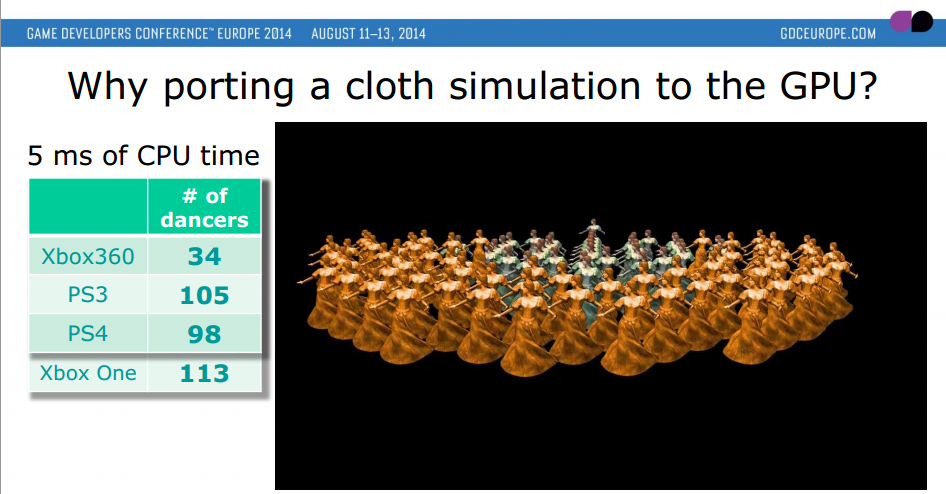QuickSilverD
Member
I know Jaguar should have some advantages being a more modern design and having OoOE, but technically speaking, regarding the number of operations they could do in a real word scenario, which is better?
I'm not too technically minded so try to explain it as simple as you can, I know these two have very different architectures, but I wouldn't be asking this question if every time we talk about these consoles CPU everyone complains how weak their "notebook" cpus are, to the point were I am wondering this now.
Last gen, GPU tasks were being offloaded to the Cell to carry the weight of the (relatively) weak RSX, this gen it seems it is the other way around, with the GPUs now having to carry the CPUs (GPGPU)
I'm not too technically minded so try to explain it as simple as you can, I know these two have very different architectures, but I wouldn't be asking this question if every time we talk about these consoles CPU everyone complains how weak their "notebook" cpus are, to the point were I am wondering this now.
Last gen, GPU tasks were being offloaded to the Cell to carry the weight of the (relatively) weak RSX, this gen it seems it is the other way around, with the GPUs now having to carry the CPUs (GPGPU)

